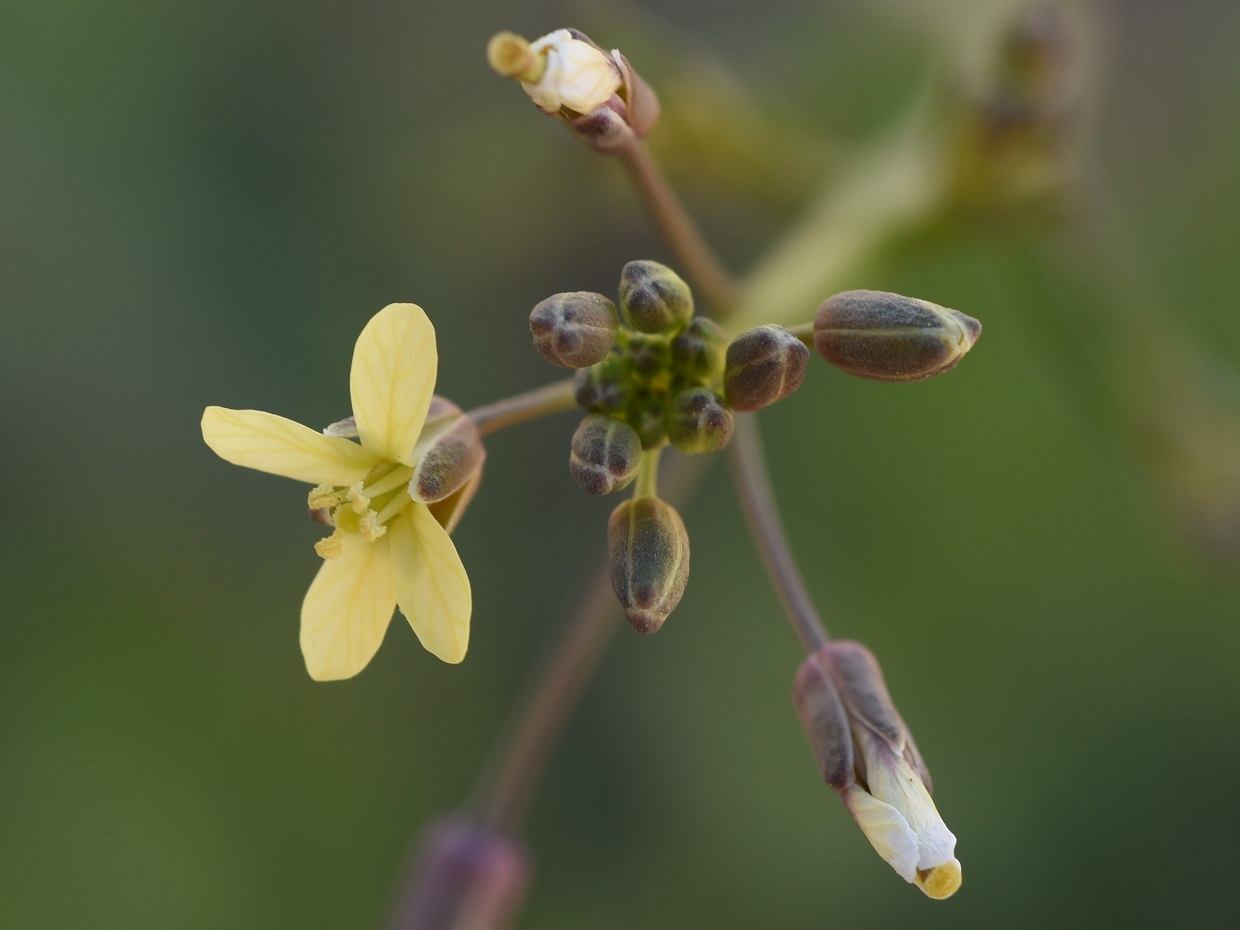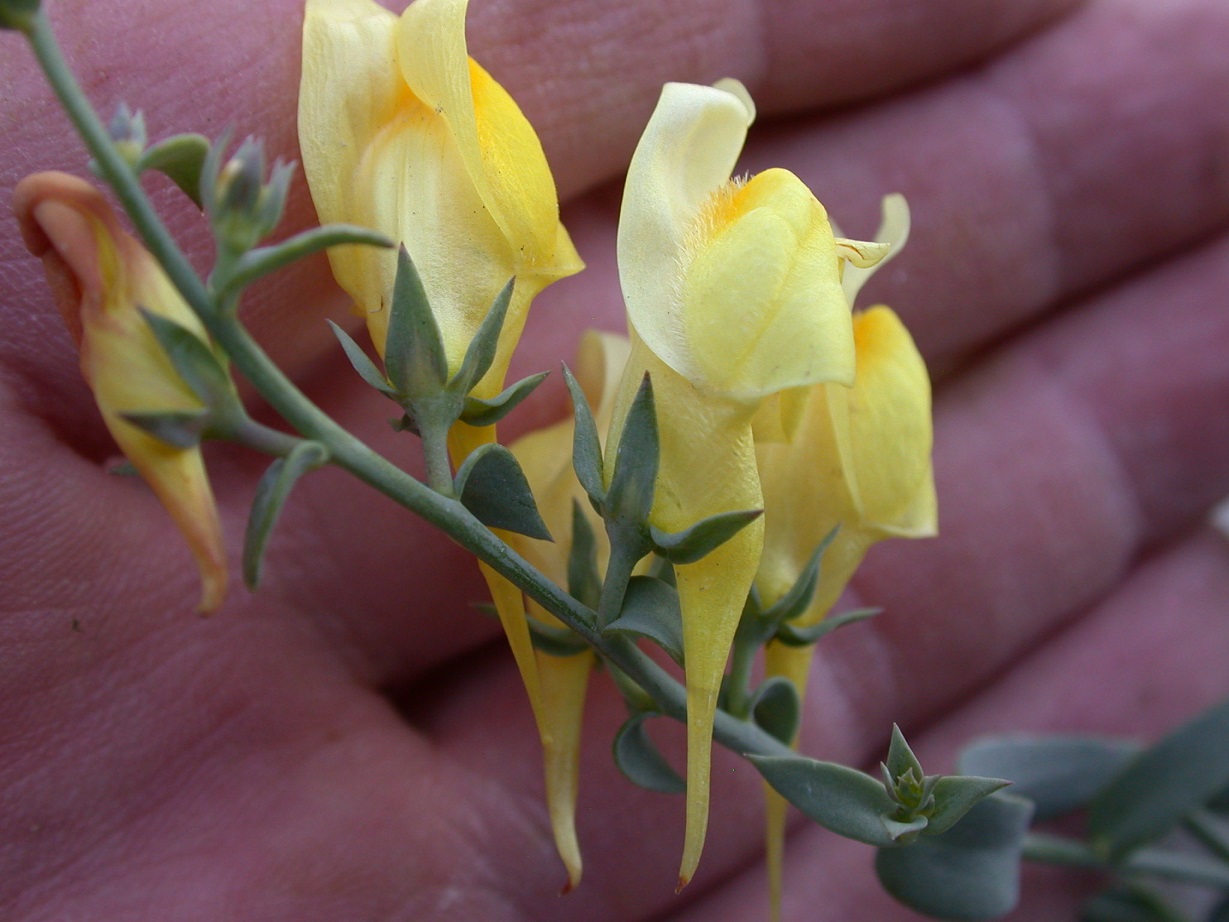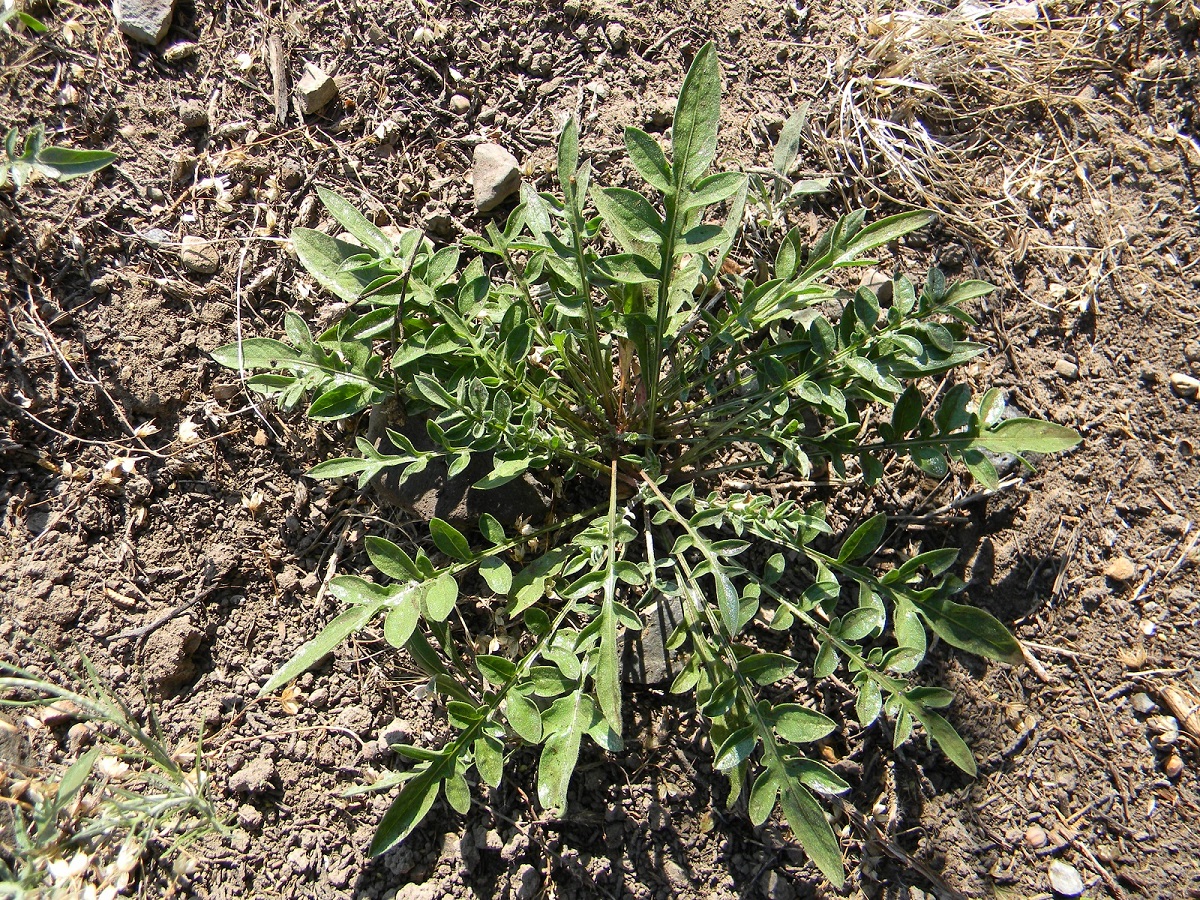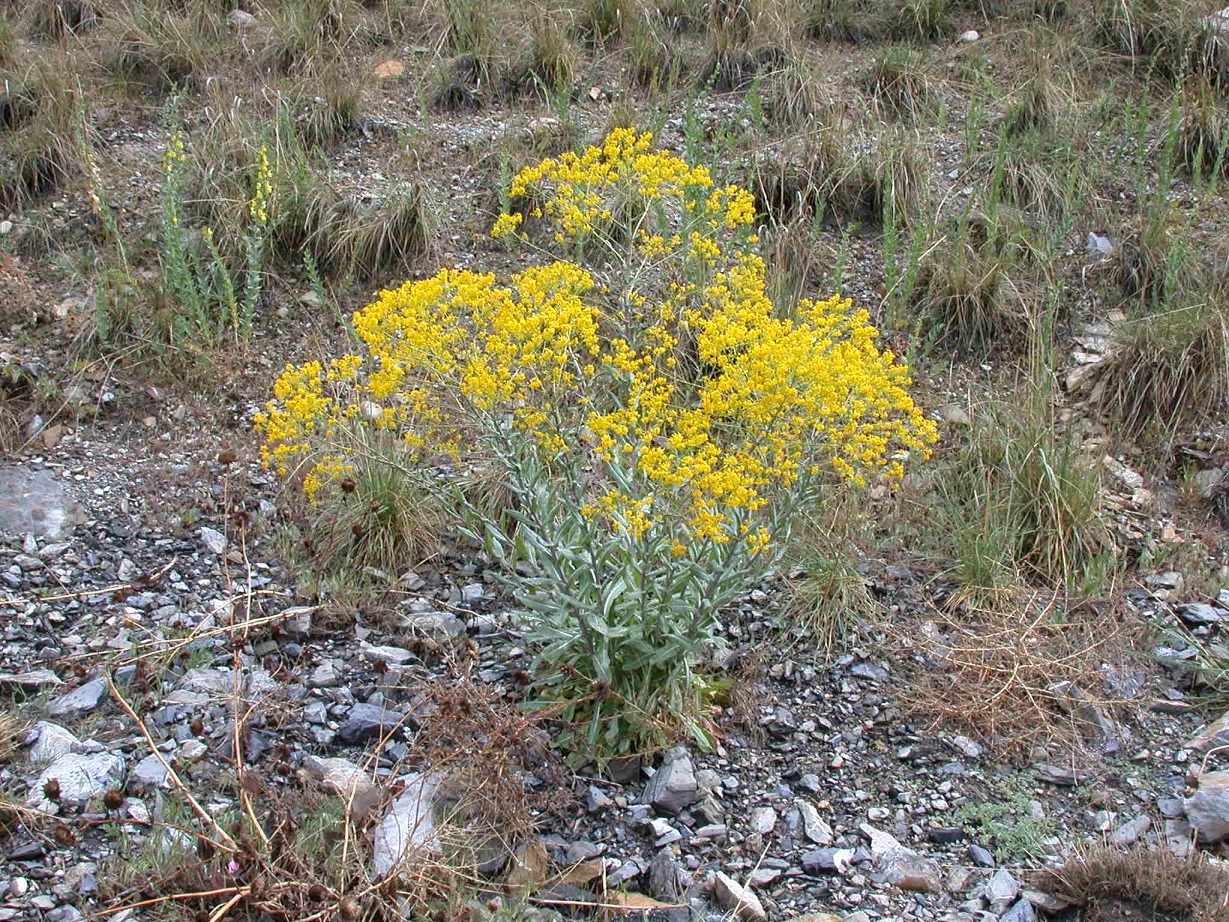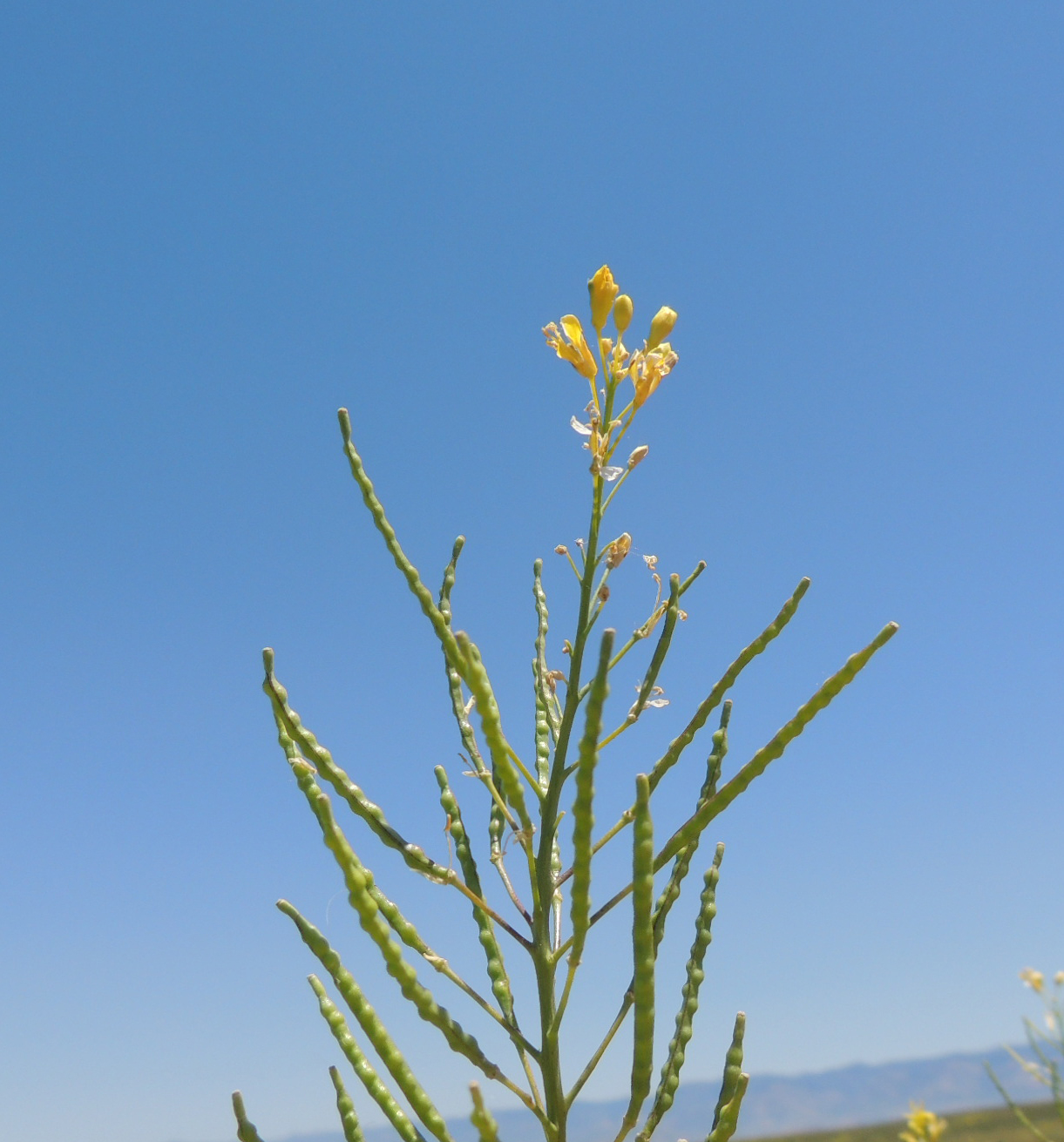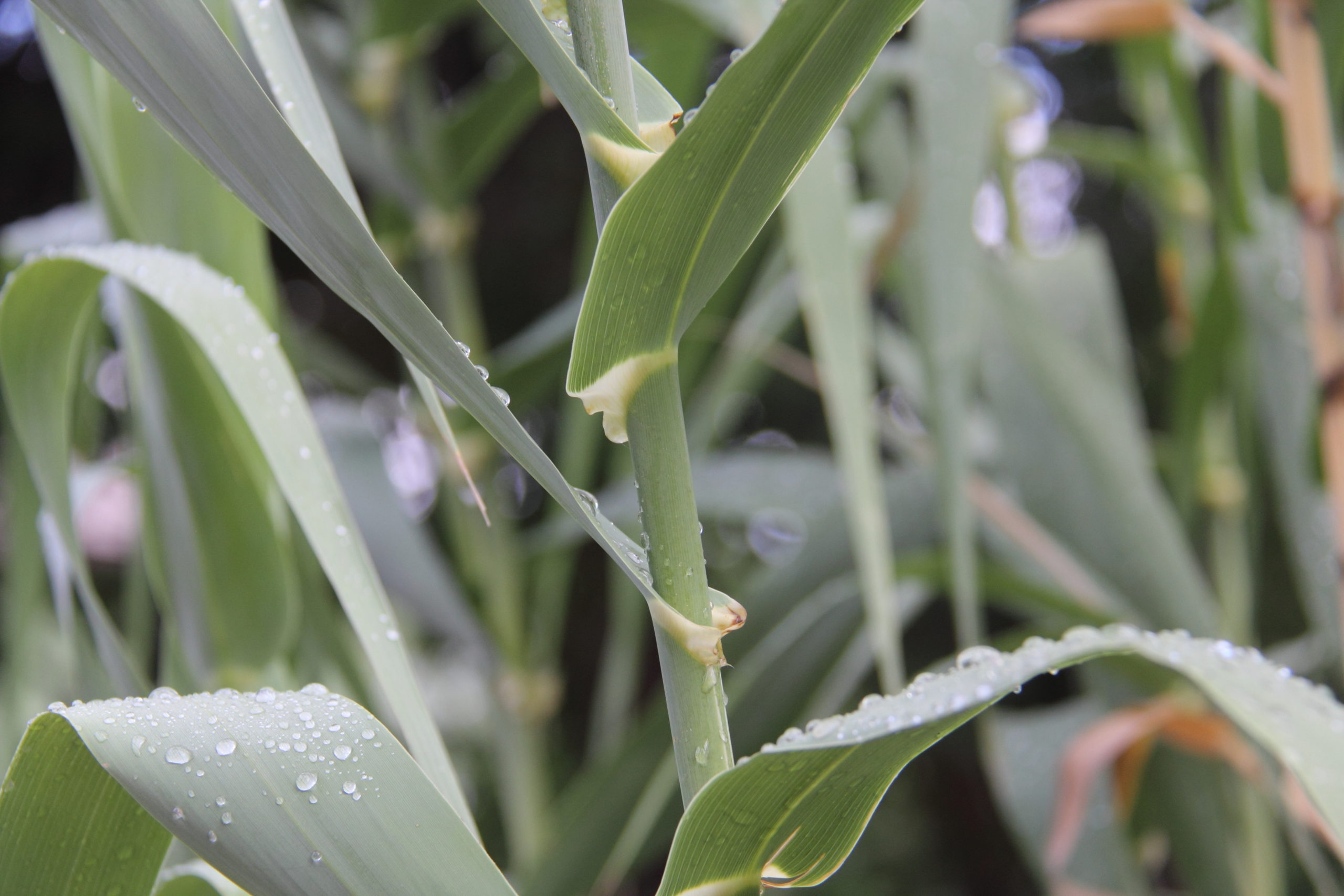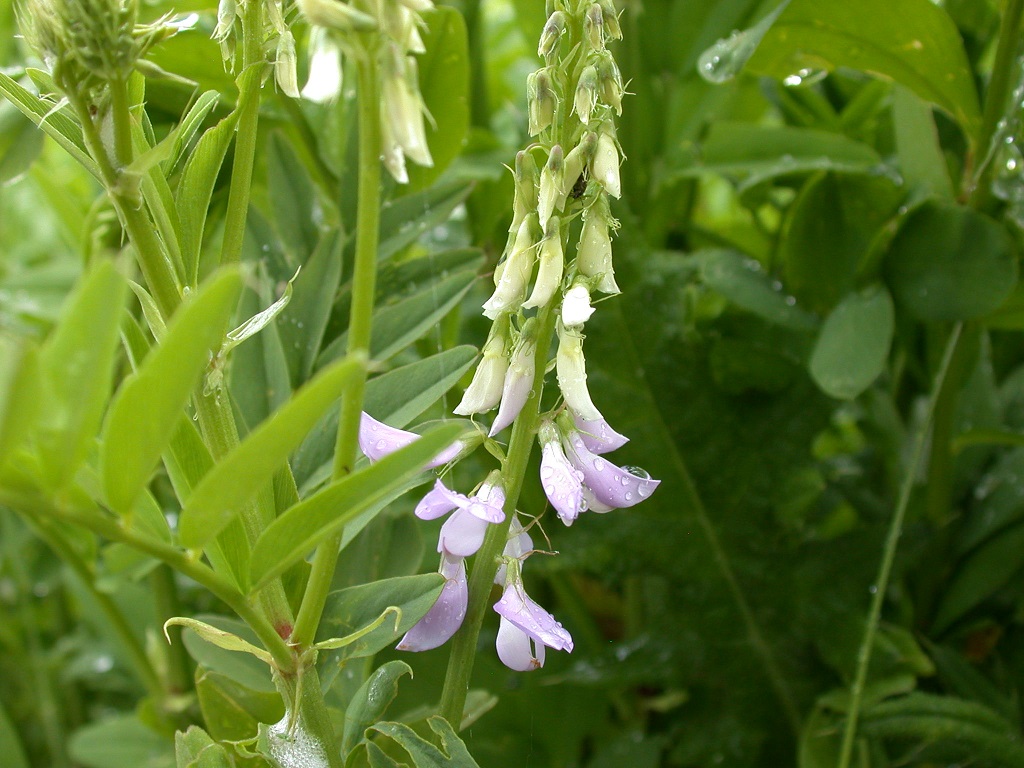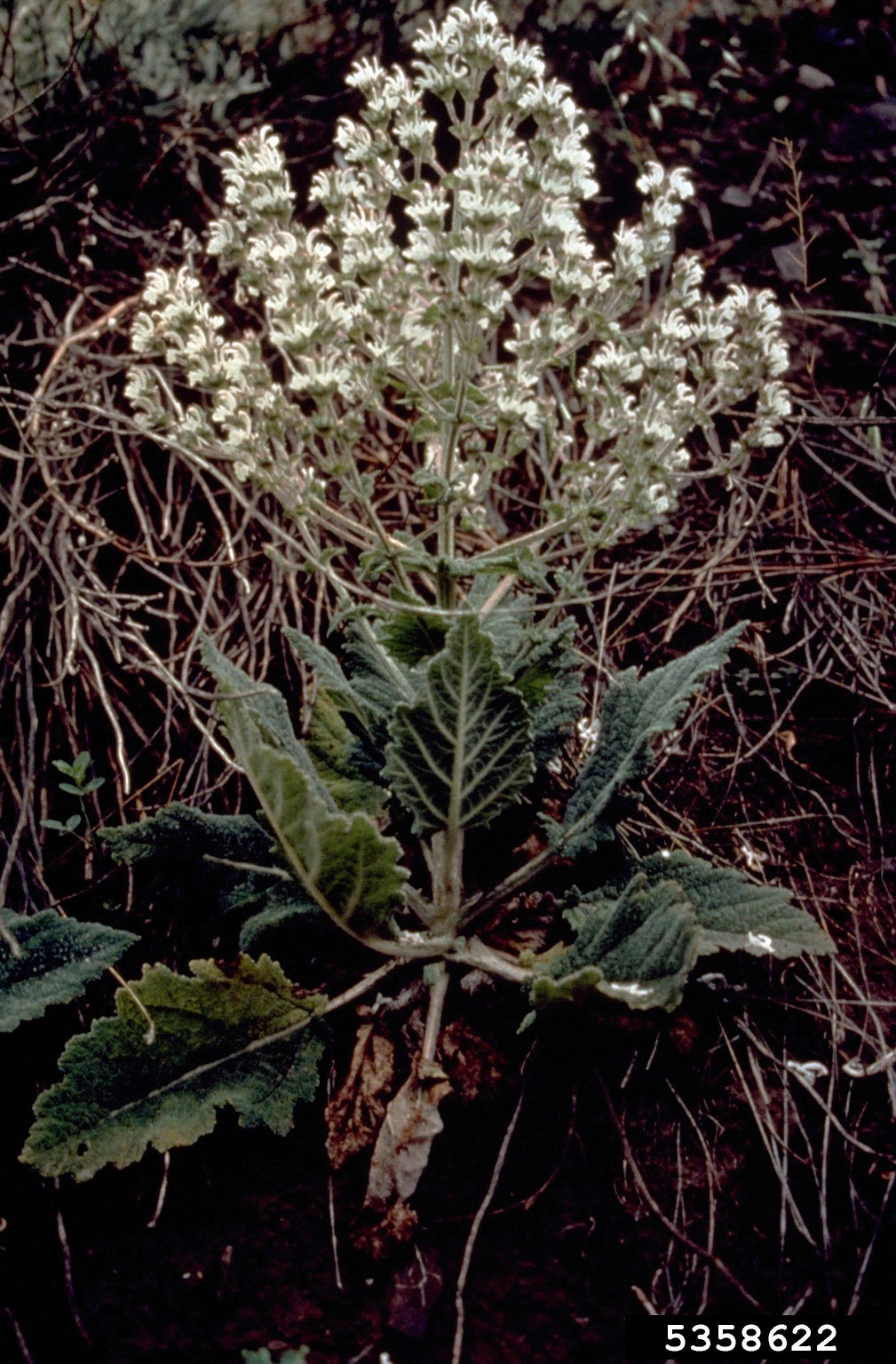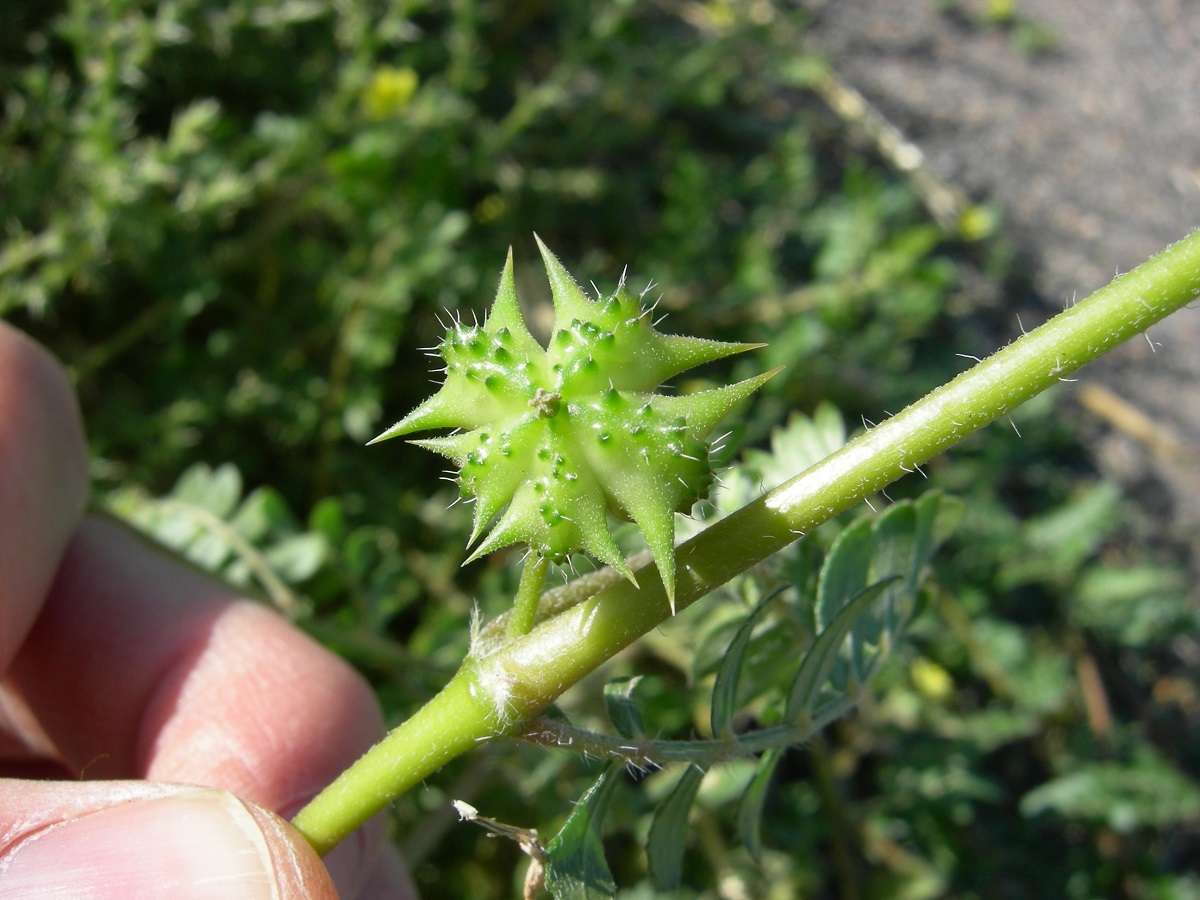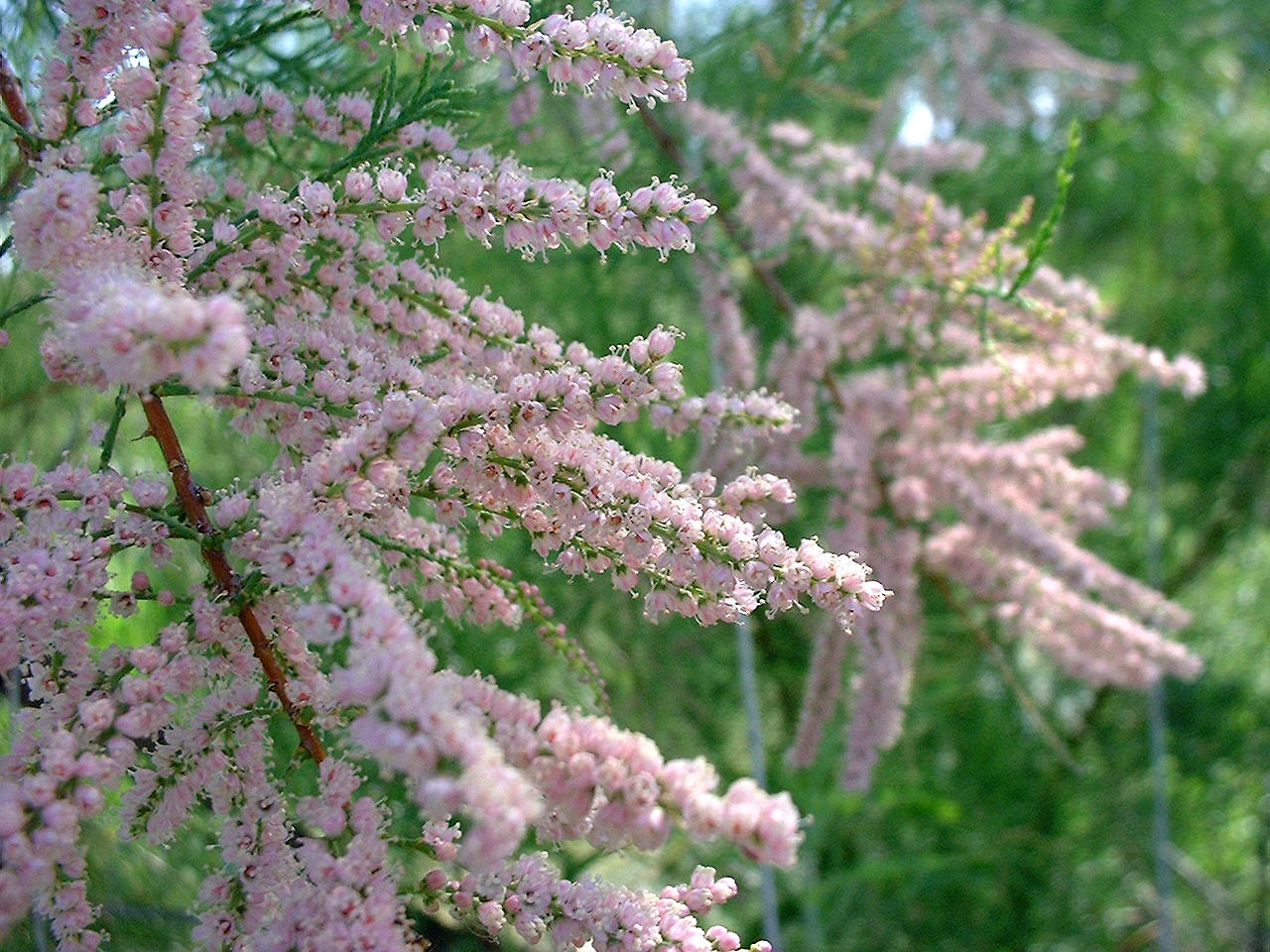Perennial Sorghum Species
- Scientific Name: Sorghum halepense
- Other Common Name: Johnsongrass
- Other Common Name: Sorghum-almum
BACKGROUND: Johnsongrass was introduced from the Mediterranean as a forage grass, but when under frost or moisture stress, it becomes toxic to livestock. It reproduces by seed and lateral root systems. It thrives in rich soils and along waterways. A hybrid between Johnsongrass and grain sorghum (Sorghum bicolor), Sorghum-almum is similar in many ways to Johnsongrass, including toxicity. However, it tolerates drought better than its parent.
DESCRIPTION: Johnsongrass is a hardy creeping perennial grass with large, fleshy rhizomes. Stems grow 2-8 feet tall. Leaf blades are flat, up to 1 inch wide, with a prominent light midvein and prominent nodes. Seedheads are reddish to purple. Sorghum-almum can grow up to 15 feet tall, with leaves up to 2 inches wide. Its rhizomes are shorter, have a general upward curve, and are not as aggressive as Johnsongrass rhizomes. Its seed heads are also longer and more open.
CONTROL: Plowing gives effective control for Sorghum-almum, but more aggressive Johnsongrass is better controlled with herbicide.
.







